Think you know Portuguese wines? Round & About’s wine columnist says it’s time to drink again as he explores the cool climate wines of the Douro Valley
One of the great joys of wine is discovery. From new vintages of old favourites to wines from regions you’ve not encountered before, there’s always something to arrest your attention.
Every now and again, however, you come across wines that are not merely surprising but revelatory. Such epiphanies don’t come often, but when they do, they can change the way you think about wine.
I had just such an experience last week when I toured Portugal’s Douro Valley. To most wine lovers, the Douro – and Portugal as a whole means one wine, port. That fabled, seemingly immortal fortified wine is one of the world’s greats, but as I discovered on my trip, there’s a lot more to the Douro than just port…
“Fresh, elegant, tangy, and precise.” These are Portuguese tasting notes I’ve published precisely once, just now. Until recently, I thought of Portuguese wines as being big, intense, powerful wines which can take years of cellaring to open up, and that was just the whites. My recent trip showed me how things have changed. A quiet revolution has swept winemaking in this stunning land, and now delicate whites and refreshing, complex reds are popping up all over the upper reaches of the valley.
The Douro Valley: A Hotbed of Cool Climate Wines
So, let’s set the scene. The Douro Valley lies in northern Portugal on schist – I said schist – and granite soils. With steep slopes, plenty of sun and just enough rainfall, it’s an ideal place to produce grapes. Here endeth the Wine Spirit Education Trust (WSET) lesson. What WSET doesn’t make sufficient note of is the region’s altitude. The Douro can rise to over 700m, which provides the cool conditions required to produce fresh, elegant, tangy, and precise (second time) whites, reds, and even ports, as the following show.
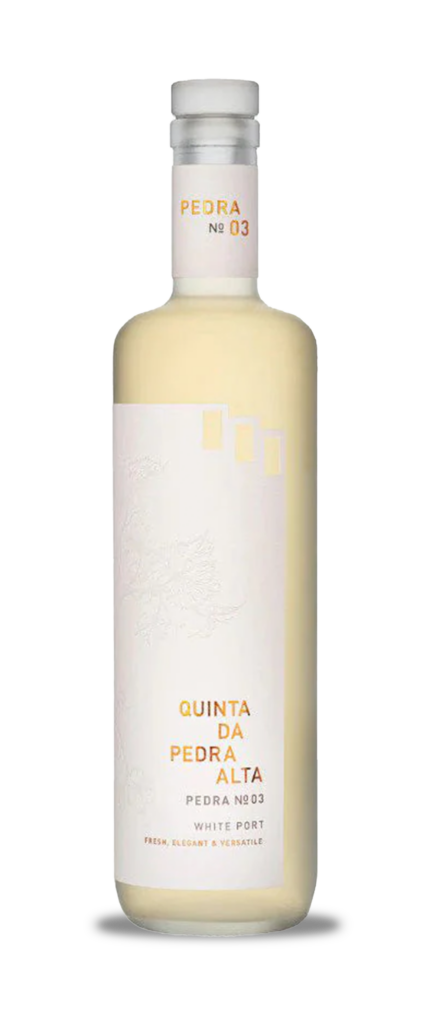
The Pedra No. 03 White Port, Quinta Da Pedra Alta NV (N.D. John Wine Merchants £17.95)) tastes as good as it looks. And let’s face it; it looks beautiful. Three firsts for me here. One, being offered a cocktail – Pedra No. 03 with tonic – at a wine tasting. Second, tasting a white port I loved – I’ll be discovering unicorns next. And thirdly, being told by a winemaker not to worry too much about the grape mix. Portugal has more native grapes than any other country in the world – 250+. Chilled on its own, this presents a lovely peach, pear and honeysuckle nose with just a hint of almonds. In the mouth, it’s generous, flavoured with a combination of white berries, grapes, citrus and honey. There is sweetness, but the freshness keeps it balanced and clean. This crowd-pleaser is well-worth seeking out.
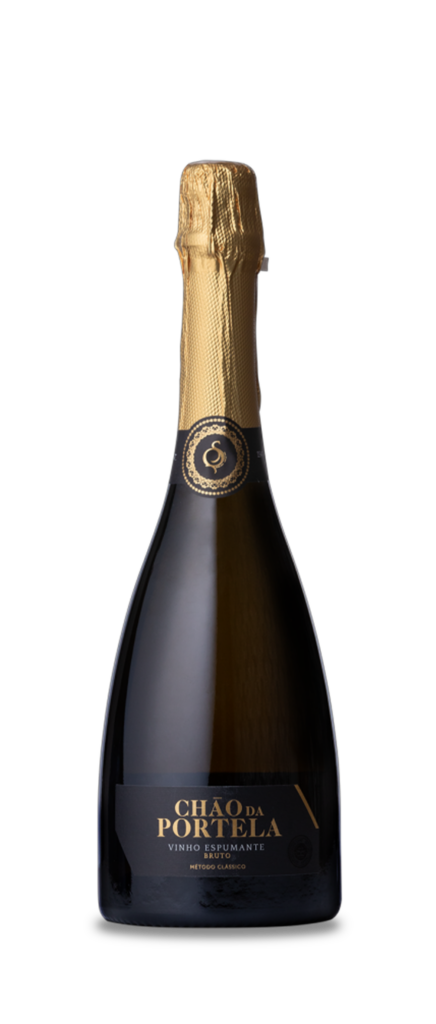
As our guide, the amazing Ana took us through our itinerary; a question popped into my head. ‘Does Portugal make sparkling wine?’ Before I could ask, she told me we’d be tasting several, and the Chão da Portela Bruto was my favourite. Traditionally made, it showed a nose of apples, peaches and yeast, while on the palate, there were tropical fruits, red apples, melon, red berries, and creamy yeast. A great fizz for what I suspect will be a great price, given what it goes for in Europe; it’s not imported to the UK yet, but when it does come in, stock up.
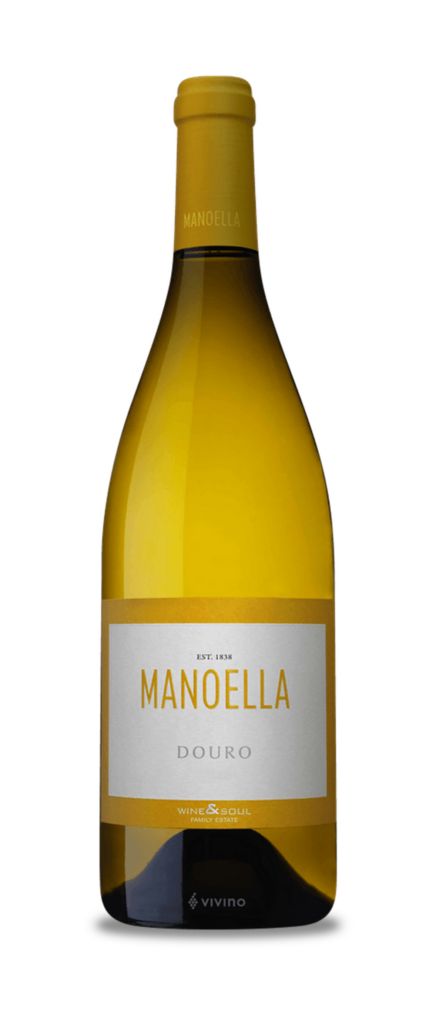
What can I say about the Manoella, Douro Branco, Wine & Soul 2020 (Tanners £17.95). Well, fresh, elegant, tangy, and precise are all terms that spring to mind (third time). There’s serious complexity here, too though. Layers of green and white fruits, lemons and a good dose of minerals produce a wine that’s made for seafood or white meats, which has the capacity to age and develop.
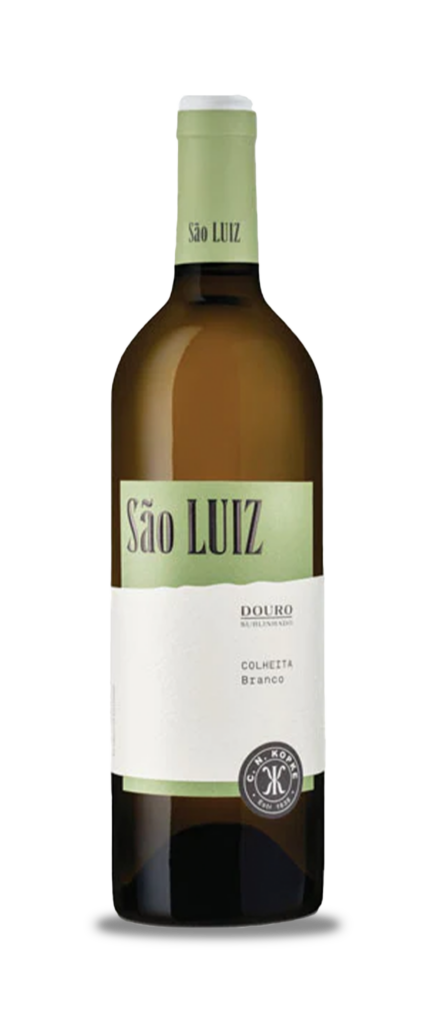
Port producers have been at the vanguard of these new Douro wines, and Kopke’s Quinta Sao Luiz Colheita Branco (Ocado £12.50) is excellent. Mid-gold in colour, there’s freshness and depth on the nose with musky, orange blossom notes lifted by grapefruit and lemon. The palate’s weighty, full of yellow plums, peaches and apricots, before a strident fresh acidity comes in at the end.
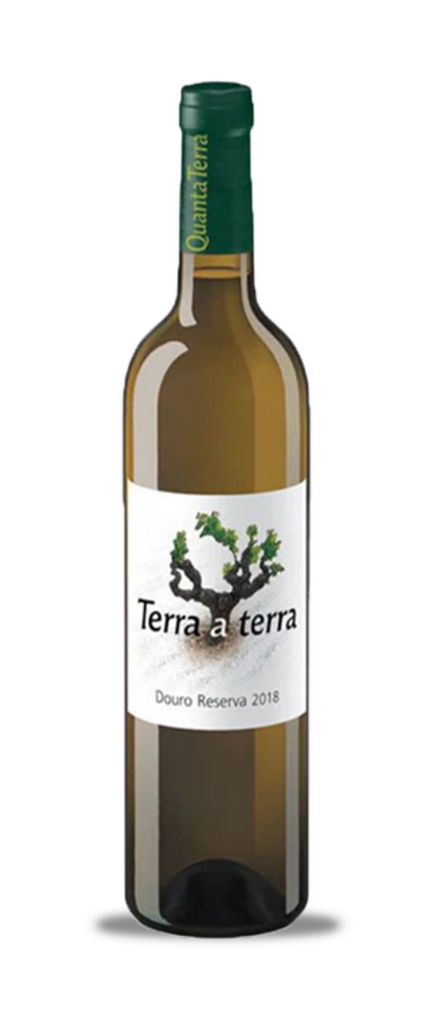
Stepping up a level, we have Quanta Terra ‘Terra a Terra’ Branco (FESTA £21.50). Lemons, limes, and grapefruit make for a mouth-watering opening before apples, peaches in syrup, and green herbs are added to the mix. This is a seriously good wine which has the power and persistence to go well with everything from pork to hard cheeses.
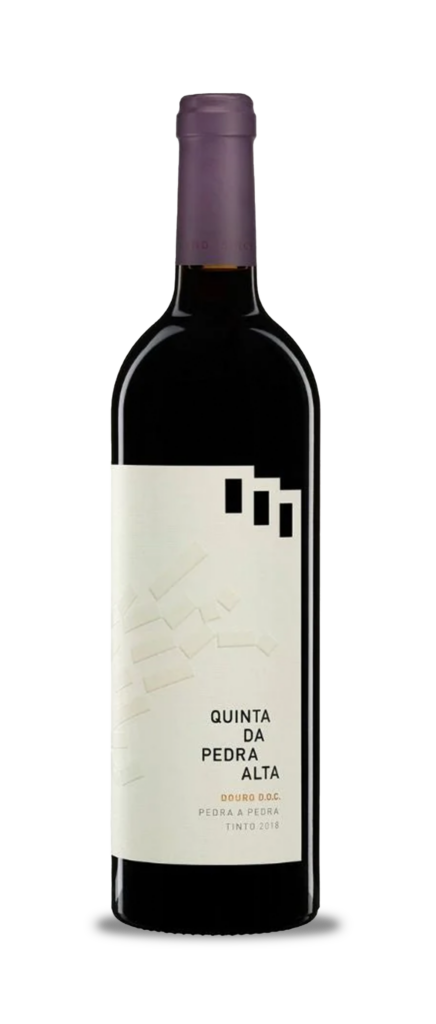
And so, to the reds. I’ve had hundreds of Portuguese red wines over the years. Generally, they’ve been excellent, on the weighty side, and great value. The 2018 Pedra a Pedra Tinto (Taurus Wines £16.99) shows two of these characteristics, but rather than being weighty; it’s lively, red berry driven and soft as a sigh. Raspberries, strawberries, and redcurrants are all on show, with an undercurrent of spices, herbs, and a touch of creamy vanilla—just the thing for roast lamb or roasted vegetable couscous.
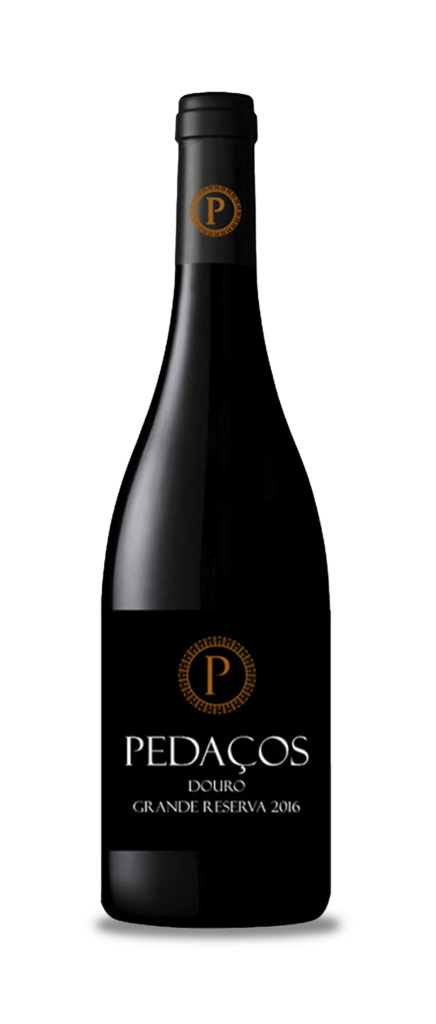
The Pedacos Grande Reserva 2018 is another wine that isn’t imported as yet. This is a great shame as it’s a fantastically food-friendly wine. I tried it with wheelbarrow barbecued steak, and it was a marriage made in heaven, even if the nuptials were conducted in an alley behind the winery. Deep brooding colour, I thought it would be an old school bruiser, but beyond the plum, cooked blackberry, and cherry fruit, there was a vibrancy that was fresh, elegant, oh, and tangy. This has time on its side, and it’ll be fascinating to see it and how the Pedacos winery evolves.
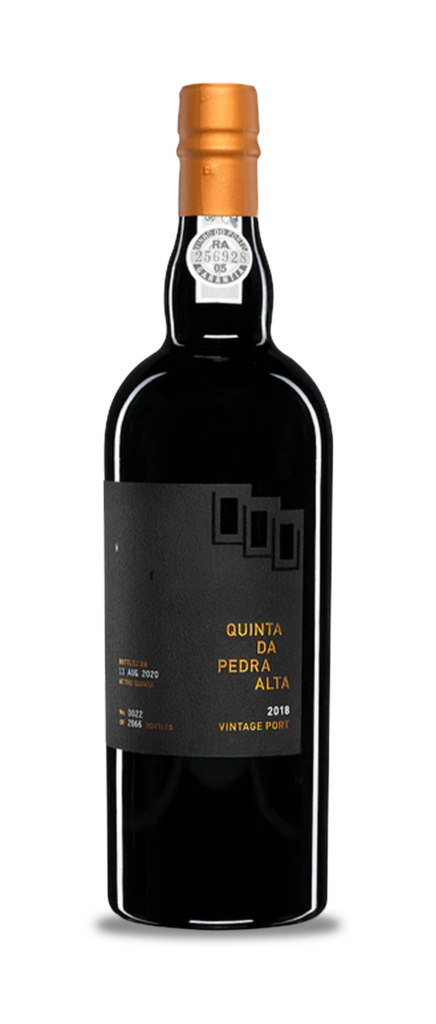
I’ll finish, as so many great meals do, with a vintage port, the Quinta da Pedra Alta 2018 Vintage Port (Bancroft Wines £50.99). Vintage port is a rare wine, the product of a single year’s harvest; it makes up a tiny proportion of the port houses’ production, but it is often the wine they are judged by.
At best, it’s sumptuous, complex, rich, and capable of ageing for decades. What it never is, especially in youth, is fresh, elegant, and tangy. The Quinta da Pedra Alta 2018 is, and it’s all the more joyous for it. Even at this tender age, it offers masses of sweetly toned black fruits, cherries, figs, prunes, and herbs, but it does so in an elegantly balanced way. Whereas most vintage ports are about as wieldy as the Isle of Man when young, you could drink this now with food as table wine. It’s that refined and approachable.
I hope you will give Portuguese wines a try – particularly these new-wave wines from the Douro. They can be sensational and make for fascinating drinking.
Next time out, barbecue reds.
More soon…
Giles
Wine Tourism has been extremely popular over the last few years, either through organised tours or so-called DIY trips. If you’re thinking of doing one, I’d strongly recommend the Douro. The region is stunningly beautiful, the wineries are welcoming and the range of wines on the show is as breath-taking as the views.











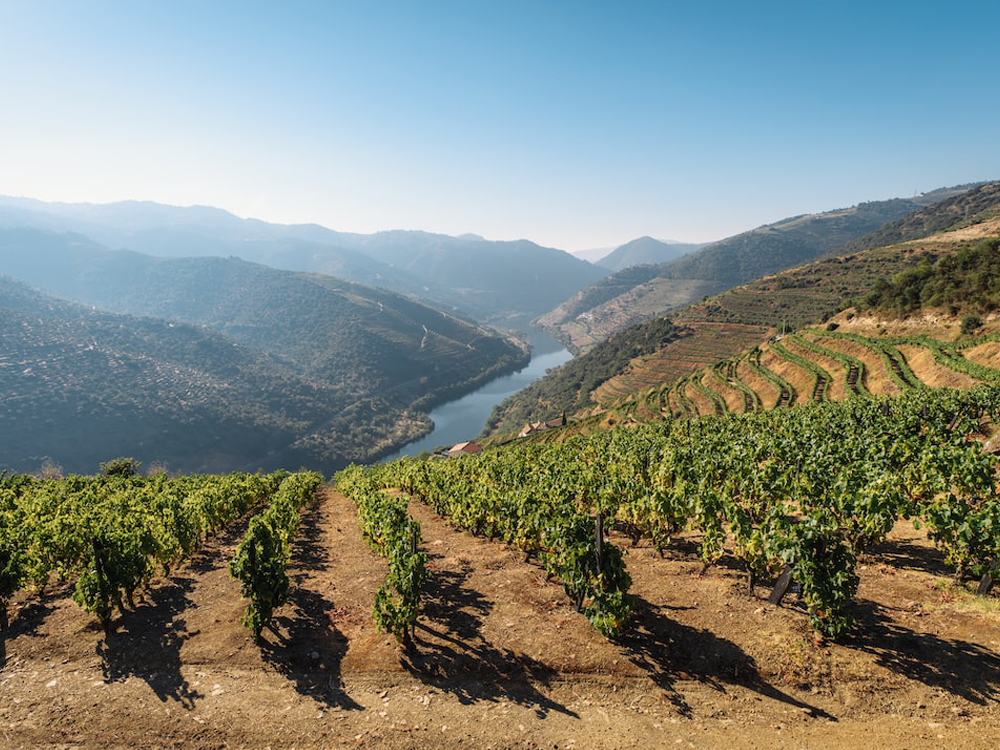




Comments